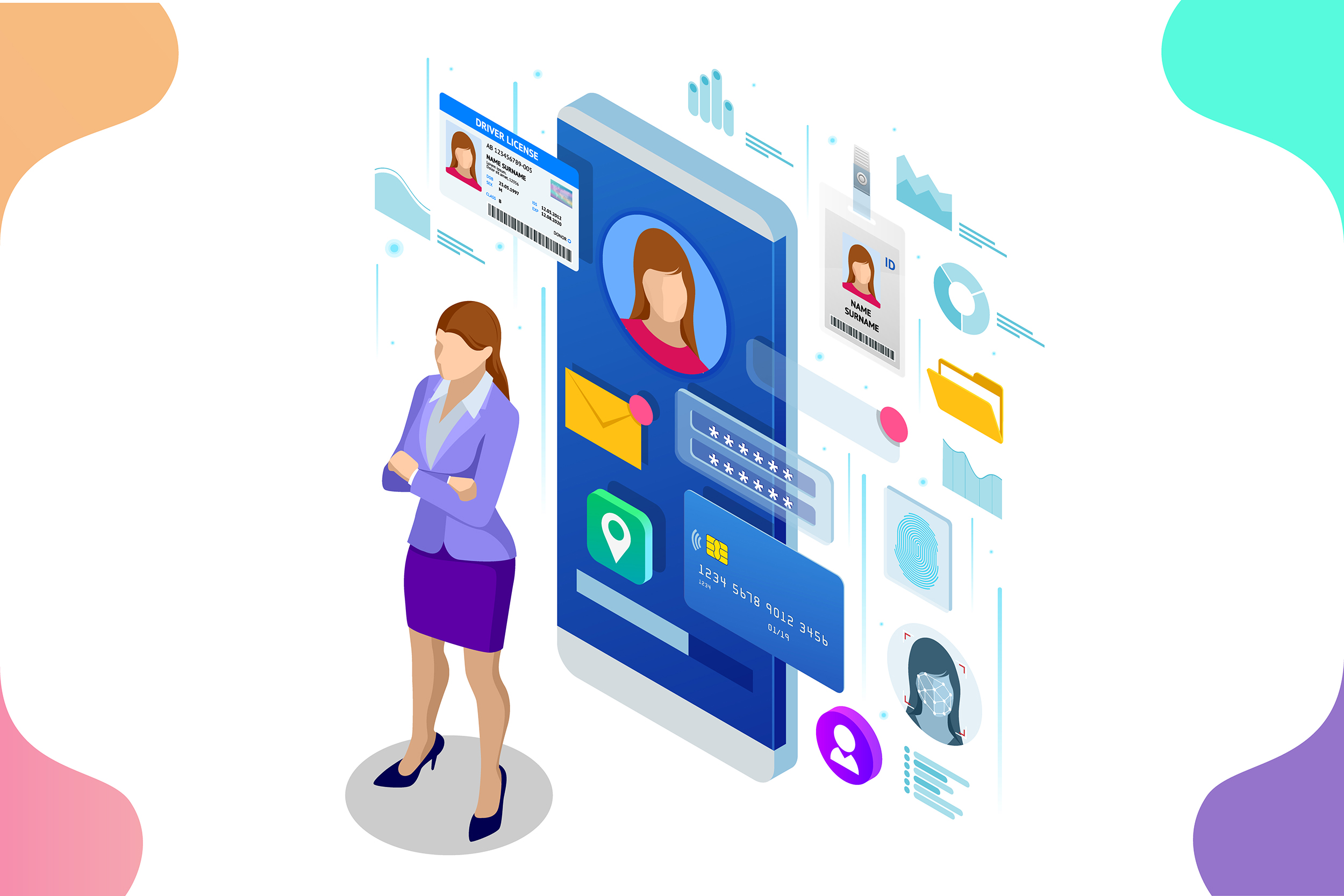
Open dialogues about media literacy and factual information can sometimes create conflict because there are different opinions.
Many people disagree about the use of technology, and they would likely have their own preferences for media.
This is because media has become so diverse and it serves a number of functions. The large number of users would eventually result in disagreements.
Factual information sometimes may also be taken the wrong way, because sometimes people don’t like to be told factual information.
There may be a feeling that being told factual information is a sign of ignorance, or that the user has not kept up with common knowledge.
This would require some mediation to ensure that disagreements are productive and focused on addressing the shortcomings of the interaction. This will ensure that there is a large opportunity from the dialogue that has occured.
The benefit of having PLN that values media literacy would likely help contribute to a more diverse platform that takes into account of individual differences.
This PLN would have the essential components that help make it appealing to a larger number of people.








Recent Comments